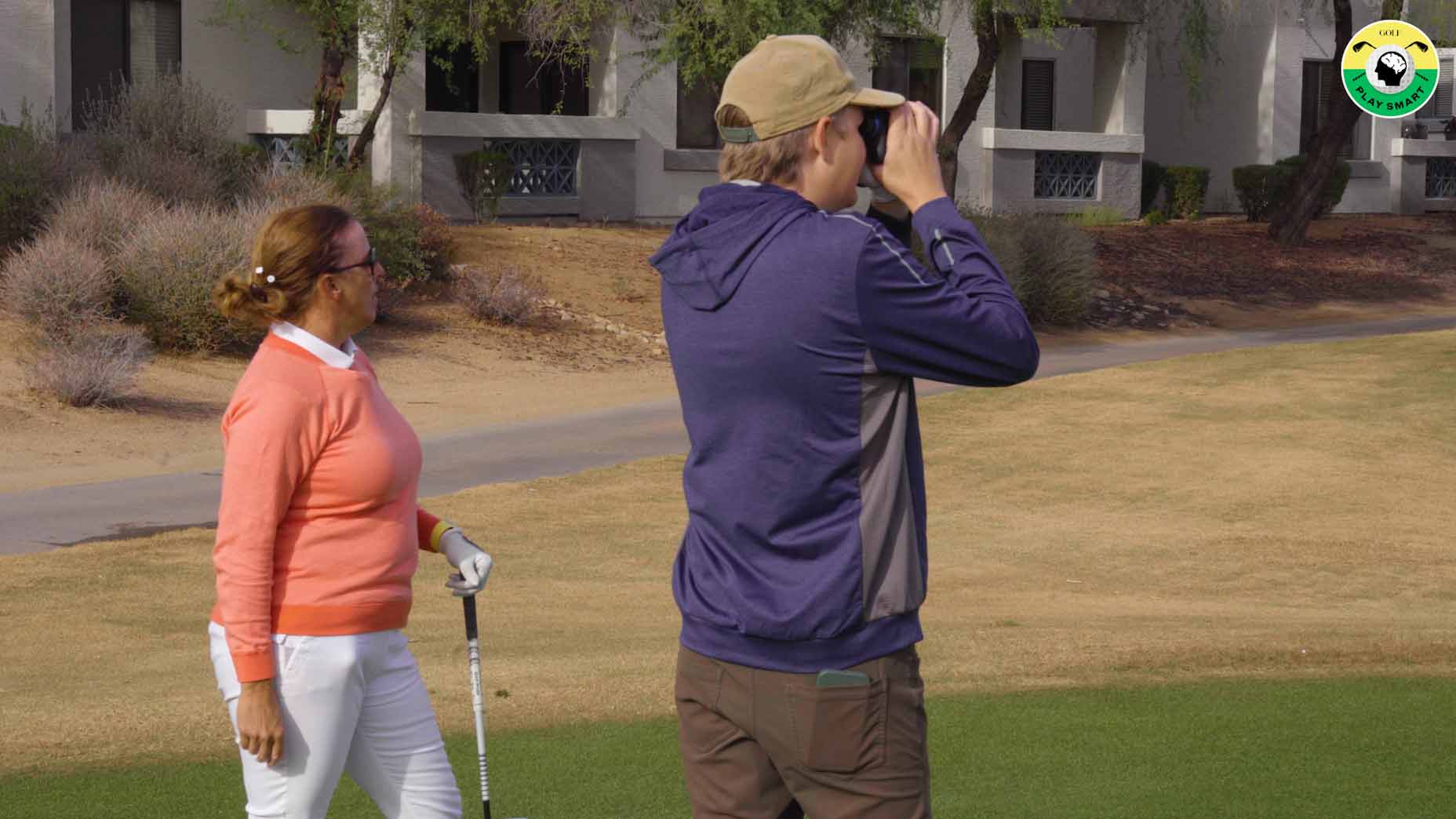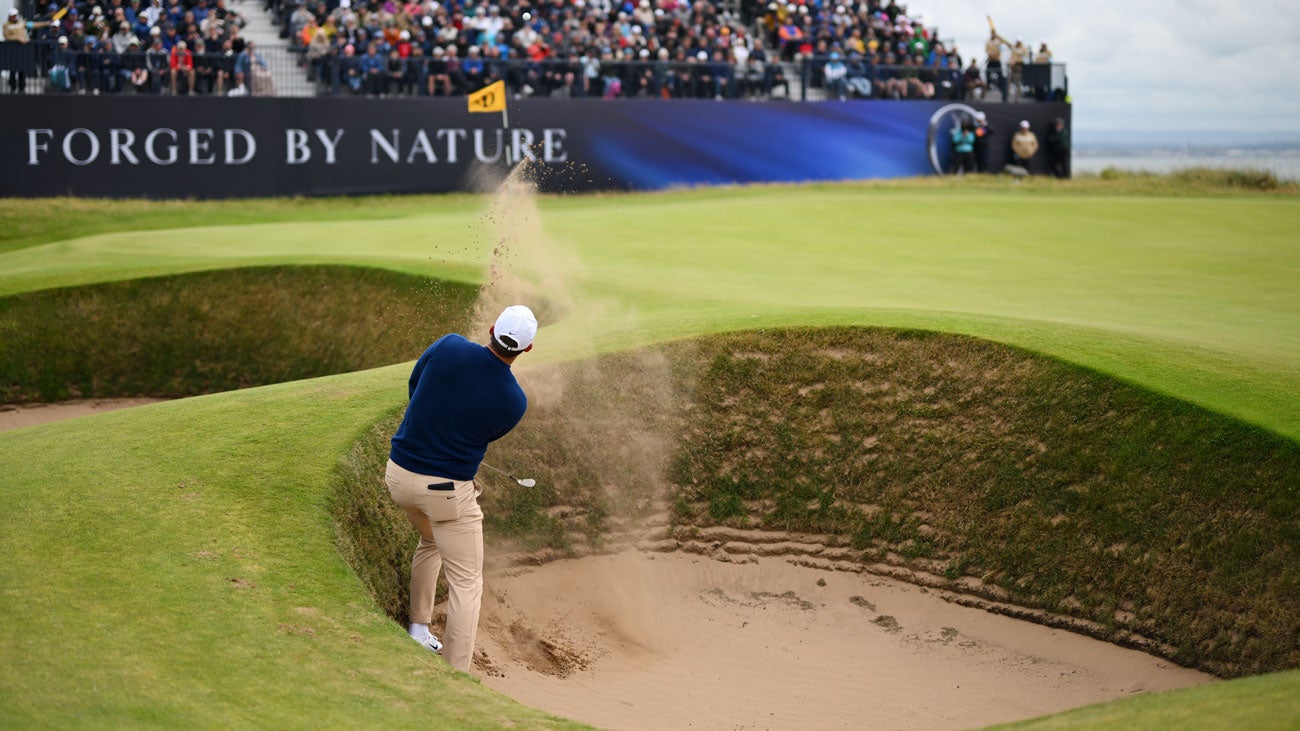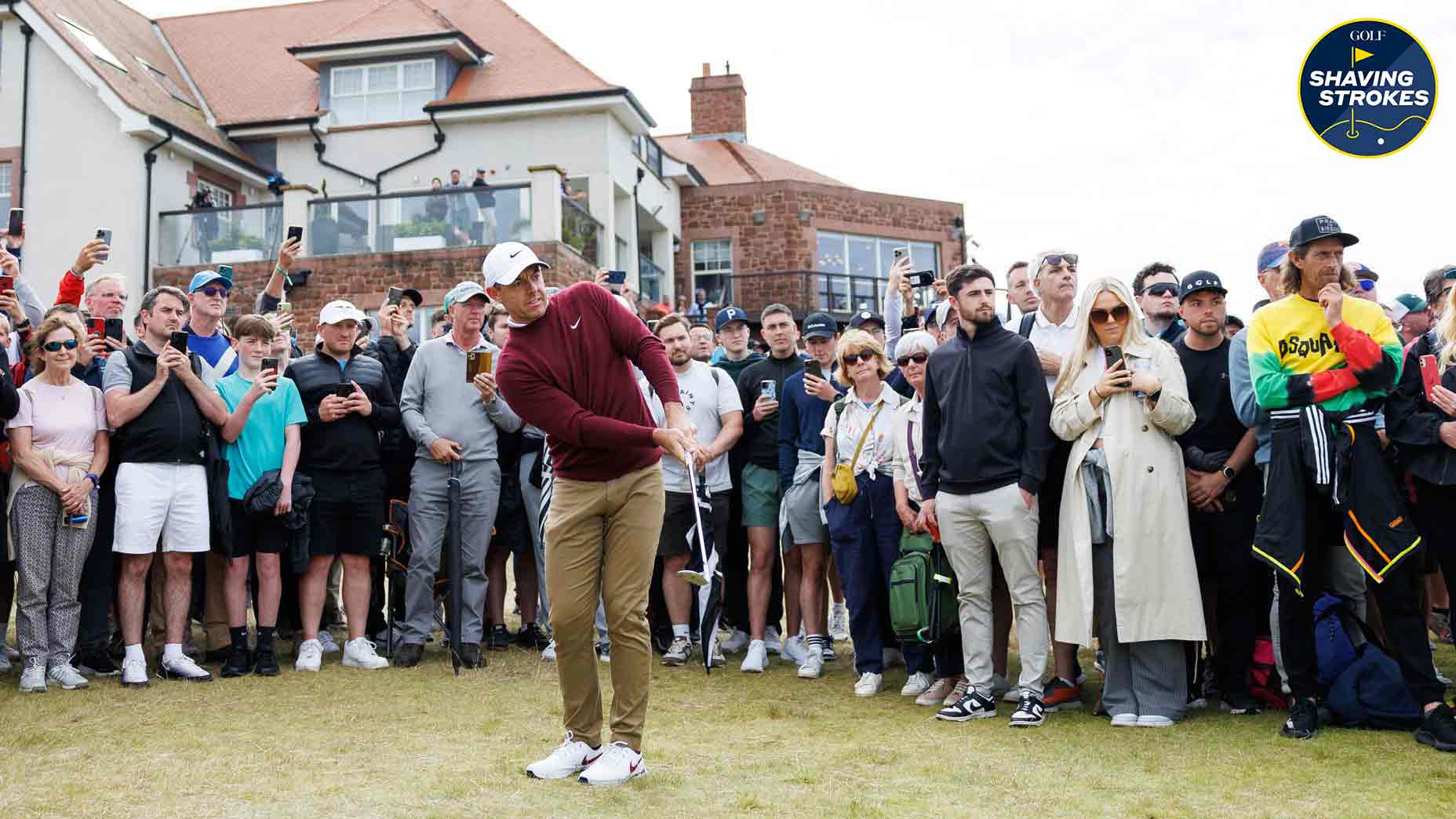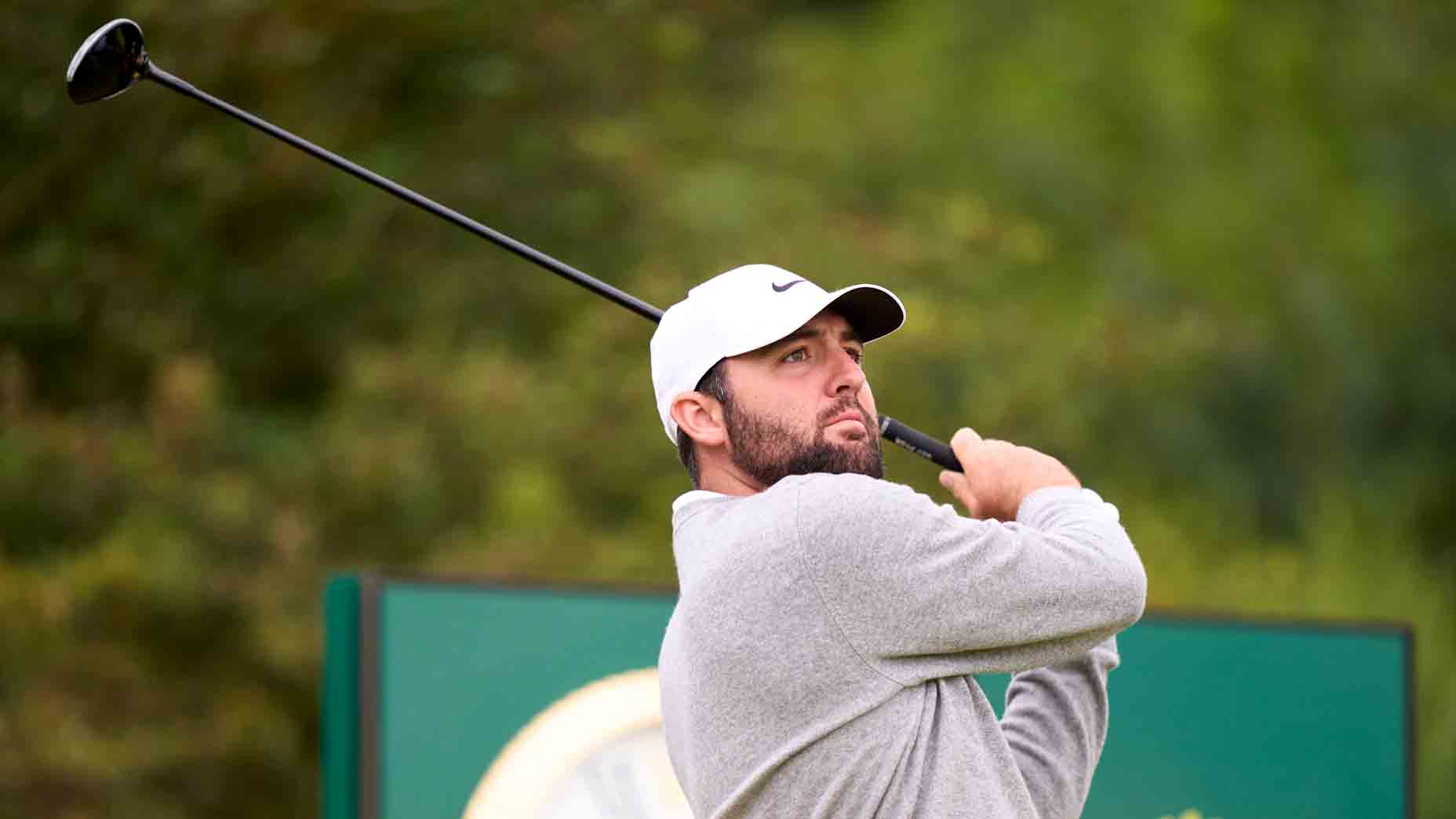Scottie Scheffler’s 2 keys for hitting solid wedge shots
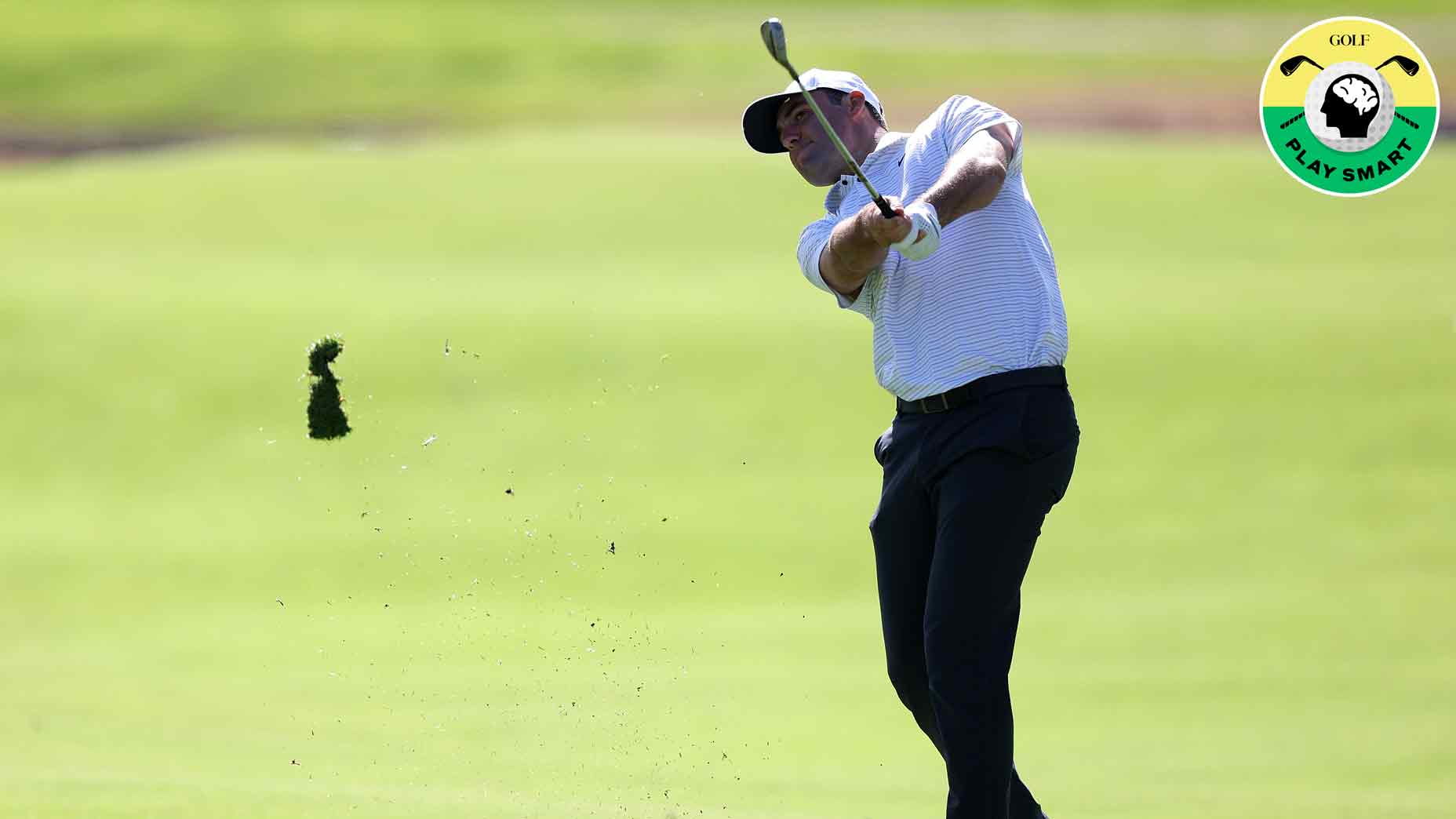
If you want to be a great wedge player, remember these two things.
Getty Images
Welcome to Play Smart, a regular GOLF.com game-improvement column that will help you play smarter, better golf.
Wedge play is crucial for those looking to lower their handicap. Having a mastery of your wedges can turn bogeys into pars, and pars into birdies. Wedges are scoring clubs, so you should practice with them as much as you can.
Pros make using wedges look simple. They flight the ball down and put plenty of spin on it, zipping it within makable range consistently. But while they might make hitting wedges look easy, it’s only possible through plenty of practice on the fundamentals.
Scottie Scheffler, the top-ranked player in the world, is an elite wedge player (no surprise). He ranked fifth on the PGA Tour in SG: Around-the-Green last season, and is again in the top 20 this year. It’s a huge reason he’s been such a consistent force in professional golf over the last two years.
In the video below, Scheffler and his longtime coach, GOLF Hall of Fame Teacher Randy Smith, explain the two keys for mastering your wedges.
1. Quiet hands
Having “good hands” is something you’ve likely heard about great wedge players, but when hitting longer shots with these scoring clubs, you actually want the hands less involved.
“Hands are for feeling, not for generating speed,” Smith says. “If you try to generate a lot of speed with a lofted club like that, what are you going to do? You’re just going to add spin to it.”
While spin might be good for stopping power on the greens, you don’t always want to max it out. When you have too much spin, it’ll cause the ball to balloon in the air, making distance tough to control.
Scheffler says the example he looks to for quiet hands is Steve Stricker.
“[I try to feel] dead hands,” Scheffler says. “No extra movement.”
2. Ensure symmetry
Smith also wants his students to have symmetry on both sides of the swing i.e. having the backswing match the follow-through.
“The length of the swing back through impact matches up to what you did on the backswing,” Smith says. “It gives you a little bit of symmetry and helps you to not overhit it.”
If you can get symmetry in your wedge shots, it’ll help even out your tempo and give you more consistent strikes and distance control with your scoring clubs.


